
Super Monkey Ball: Banana Rumble (NS) - Review
by Evan Norris , posted on 24 June 2024 / 2,621 ViewsWhen people think of the best, most accomplished games from the GameCube days, they probably recall Metroid Prime, Super Smash Bros. Melee, Resident Evil 4, The Wind Waker, etc. What they might not remember, but should, are the first two Super Monkey Ball games. Bringing arcade accessibility, tactile controls, habit-forming gameplay, and multiplayer mayhem to Nintendo's sixth-gen system, the two ball-based platform games punched well above their weight class and earned their spots among the finest GCN games. However, excepting remakes, the series has failed to reach those same heights in the 22 years since Super Monkey Ball 2. Enter Ryu Ga Gotoku Studio, which has overseen the property since 2019 and just released Super Monkey Ball: Banana Rumble, the first all-new Monkey Ball game in over a decade.
Banana Rumble takes place on a tropical island, where AiAi and friends meet a brand new monkey: Palette. An adventurer on the hunt for her missing father, Palette recruits the gang on an adventure to find the Legendary Banana. Soon they're off to visit several magical worlds, each one hiding a special part needed to open the way to the mysterious artifact. Little do they know that they're not the only ones searching for the legendary treasure.
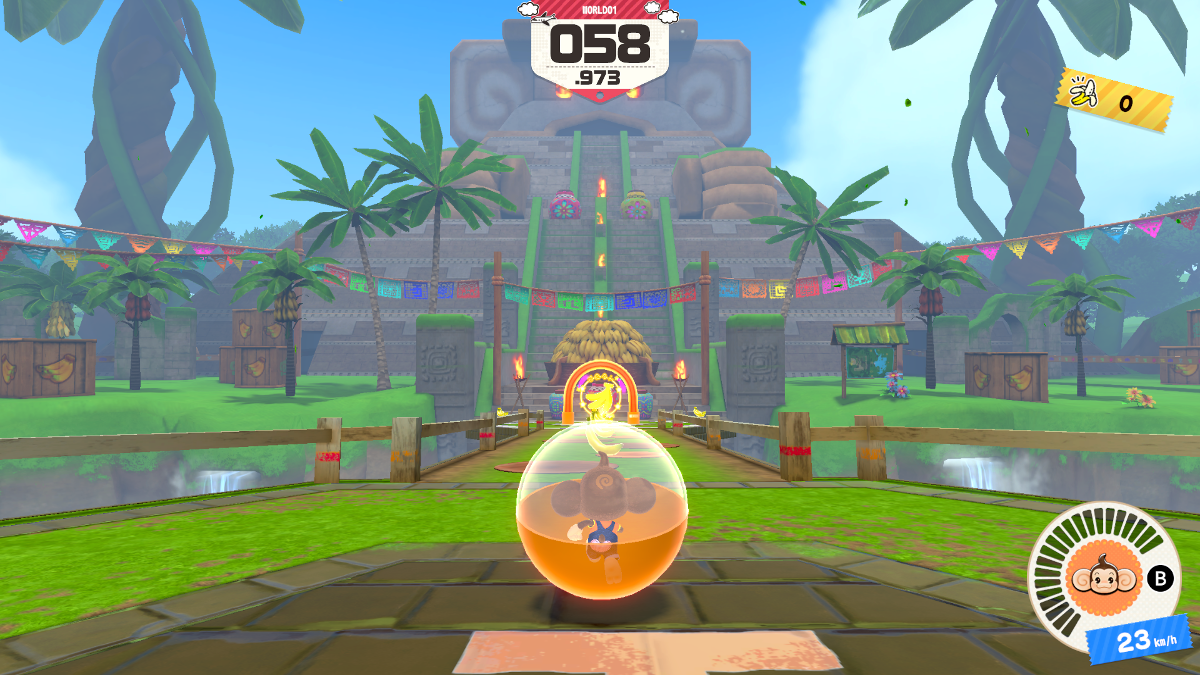
Monkey Ball isn't known for its epic tales and complex characters, but even judged against the franchise's low narrative standards the story in Banana Rumble fails to leave a strong impression. Palette is a cute addition to the roster, and the regular cast members are as adorable as ever, but the plot is anemic. It lacks personality, drama, and flair. The monkeys chase after a MacGuffin, run afoul of a group of rivals, and chase after a MacGuffin some more. It's all very safe, bland, and, ultimately, expendable.
Luckily, the story isn't the point of Banana Rumble. It exists mainly as a vessel to deliver enticing platforming action and 200 diverse stages with plenty of interesting hooks. Like its predecessor Super Monkey Ball, which began its life in arcades, this game embraces an easy-to-learn, impossible-to-master mindset that suits it incredibly well. You really only need two things to survive the campaign: the left stick to move and the B button to deploy your Spin Dash, a new move that allows players to charge up ramps, sprint past obstacles, and create shortcuts. It's all very understandable and accessible.
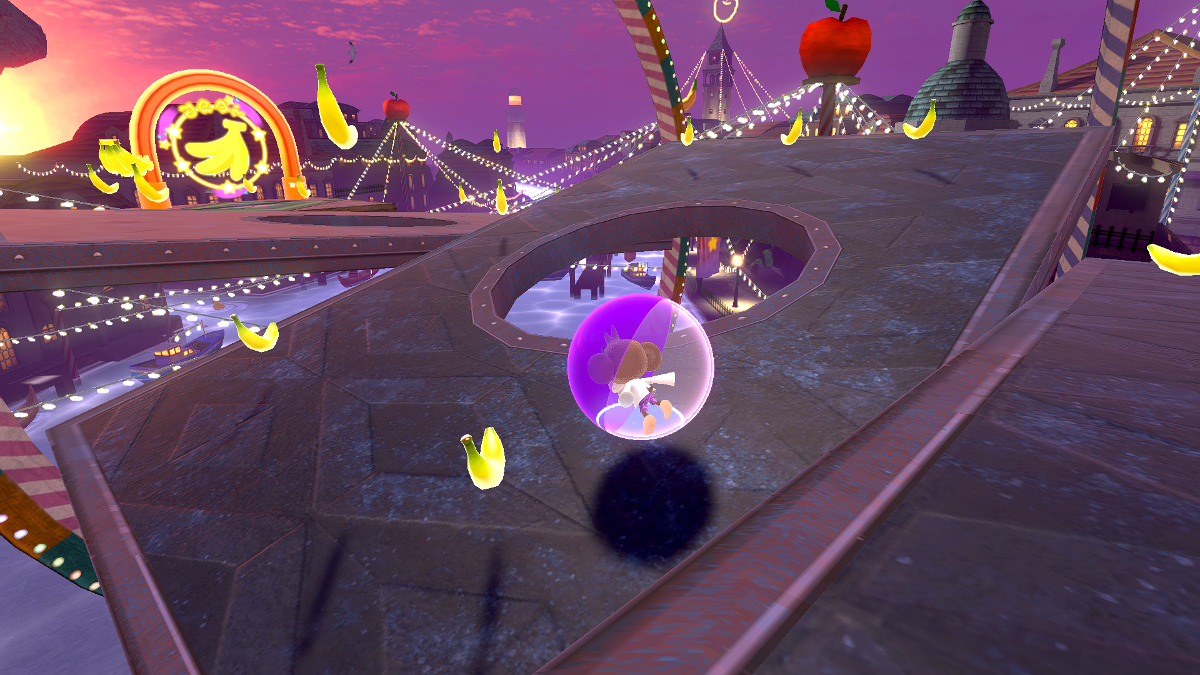
Because there are so few commands, the game really needs to be perfect in execution. Luckily, the controls in Banana Rumble are precise, tight, and tactile. You can roll your monkey at speeds of 200 miles per hour down a half pipe or move at a snail's pace as you make a dozen micro-adjustments on a tiny tile suspended high above a bottomless pit.
You'll experience both these extremes, and everything in between, in the game's robust, replayable Adventure Mode, which contains 20 worlds with 10 stages apiece. In general, the stages are a delight. They start off simply, with basic point-A-to-point-B layouts and then gradually increase in complexity. Soon enough, you'll be crossing over vanishing roadways, riding up elevators, rolling through portals, and activating switches to raise drawbridges or summon platforms. Overall there's a great deal of creativity on display in Banana Rumble, not to mention diversity. While some maps are straightforward, others embrace a puzzle-solving, almost adventure-y vibe.
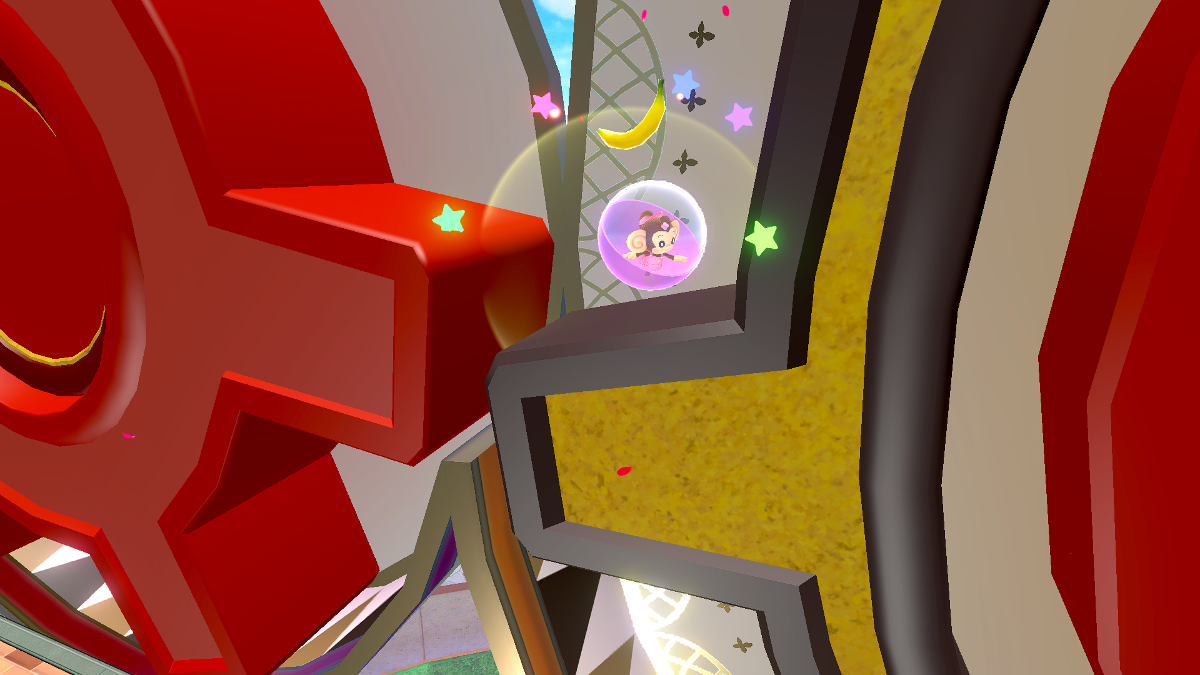
The only issue with Adventure Mode, apart from the stale storyline, is the difficulty curve. It's not at all gradual. For the first five worlds or so, everything maintains a steady difficulty level. Halfway through world six, however, the game punches you in the face. After that, things settle on a higher challenge plateau, until the tenth world, where the developer throws a couple of super taxing levels at the player. These feel out of place because not only do they demand perfect platforming, but they provide very little signposting.
If you happen to get stuck on a particularly demanding map, worry not. Ryu Ga Gotoku has added several assist features to support folks unfamiliar with the genre or players just looking to improve their technique and master each course. These include rewind, a ghost guide, a route guide, and checkpoints. Note that mission goals are disabled when any assist feature is active. In other words, you can't achieve 100% by using these accessibility options, but you can overcome a spike in difficulty and move on with the campaign.
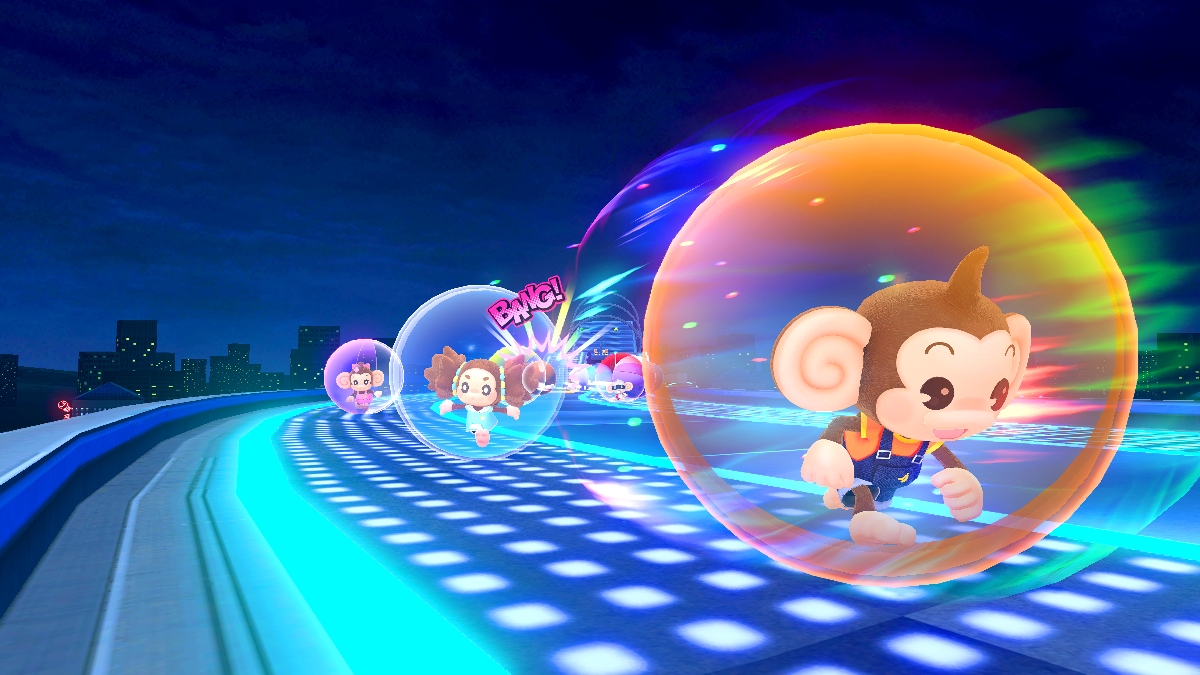
Despite those rare difficulty spikes, Adventure Mode is a delight. But it's only one part of the Banana Rumble experience. The other major part is Battle Mode, which is playable in a variety of ways: offline with bots, locally with two players, or online with up to 16 total challengers. Battle Mode is divided into five separate multiplayer offerings, across 15 stages total. The first (and best) is Race, a Fall Guys-esque mode where over a dozen players race to the finish line. Thanks to lengthy courses and lots of competitors, there's a thrilling intensity to the action, where any slip-up could mean losing several places.
The second is Banana Hunt, where players must collect as many bananas as possible. The third is Ba-Boom!, essentially a hot potato mode. The fourth and fifth are team-based games, which add a tactical element. There's Goal Rush, where players from each side must roll through goals to earn points and turn them to their team's color, which then makes subsequent entries worth more points. Then there's Robot Smash, another highlight in addition to Race. In this action-packed mode, you deal damage to giant robots in order to earn points. How much damage you inflict depends on two things: the weight of your character and how fast you're moving.
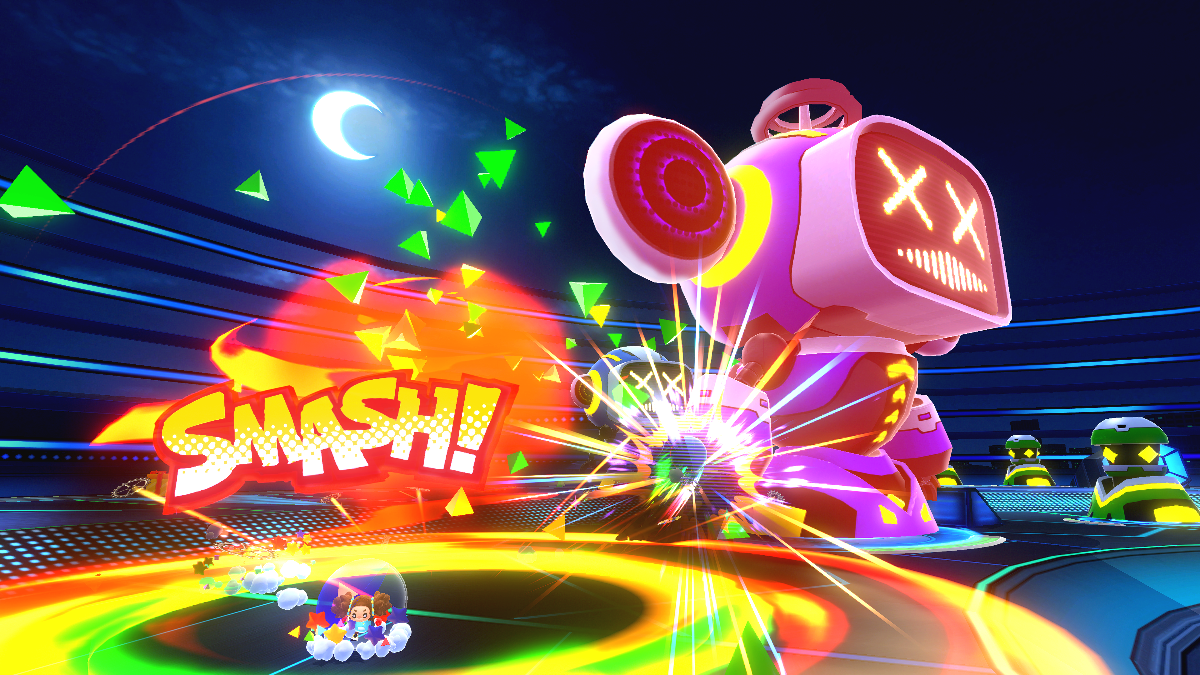
Sega has promised additional stages and modes via future updates, so perhaps we will see the return of Monkey Target, which is sadly missing here.
While Banana Rumble is currently missing fan-favorite Monkey Target, it would be impossible to say the game in general is lacking. Indeed, it's positively packed with content. Not only does it boast 200 stages — 100 standard maps and 100 expert ones unlocked after the credits roll — but every stage has three different missions to unlock: par time, total bananas collected, and golden banana collected. In addition, each world has a Time Attack mode with online leaderboards. What's more, the game includes 10 playable characters with unique speed, brake, weight, and dash stats. Finally, Banana Rumble offers over 300 cosmetic items to unlock. Note: all these items can be purchased using points earned from playing the game; there is no premium currency or paid gacha system.
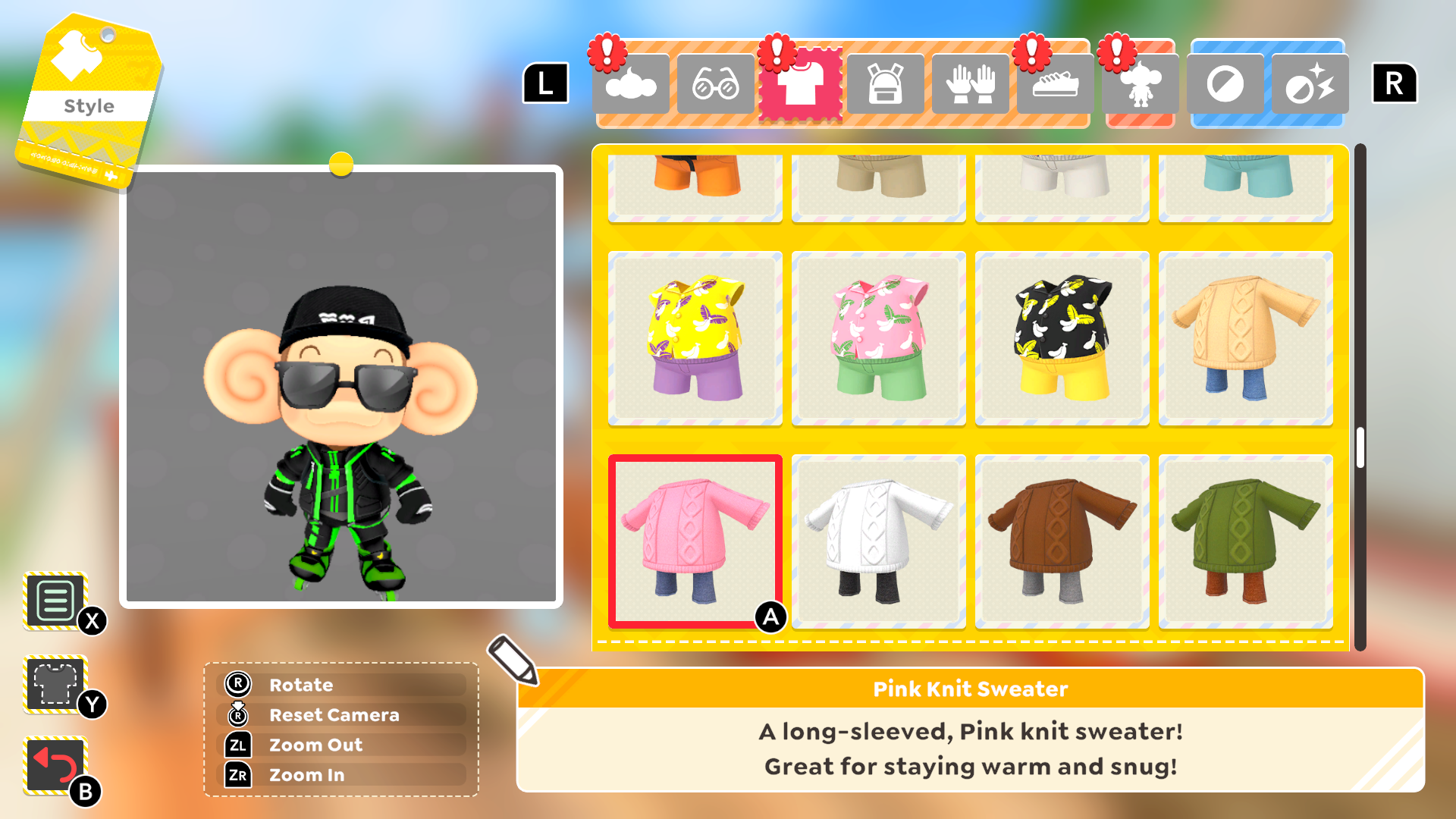
As for graphics, it's a mixed bag. The courses and monkey models look great — despite a lot of aliasing — but some of the backdrops lack texture, and the cut-scene cinematics suffer from poor image quality. The musical side of things fares better. The soundtrack features several songs that drive the action forward and pair nicely with their corresponding environments. Among the best is the theme for world three, Floating City. A bouncy big-band track with lots of horns and a wailing sax, it hits all the right marks.
Banana Rumble doesn't unseat the original Super Monkey Ball or its sequel, but it gets closer than you'd think. It delivers tight controls, huge replay value, an enjoyable online multiplayer offering with an exciting party-like atmosphere, and, most importantly, 200 stages that vary greatly in look, feel, and difficulty. Some of the visual assets are lacking and the story is entirely disposable, but the game has it where it counts. With Ryu Ga Gotoku at the helm, the future is bright for Super Monkey Ball.
VGChartz Verdict
7.5
Good
This review is based on a digital copy of Super Monkey Ball: Banana Rumble for the NS, provided by the publisher.








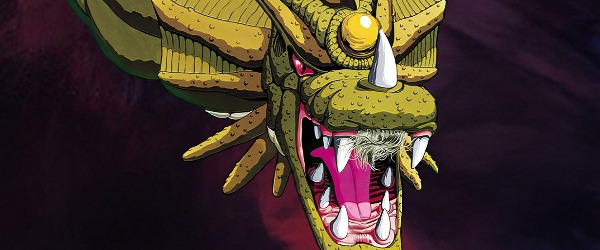
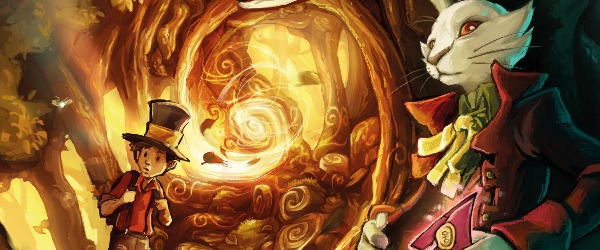
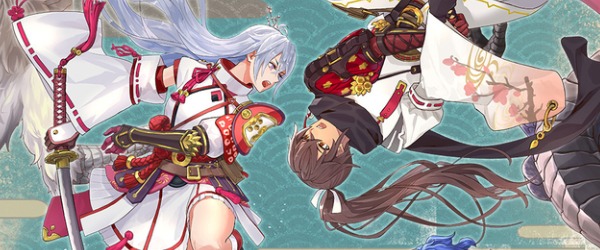
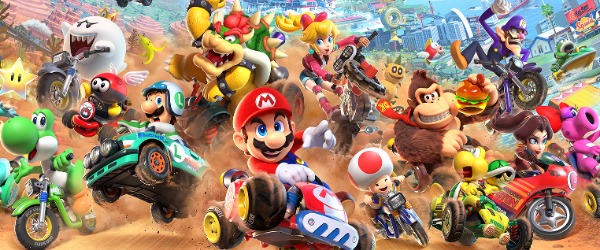













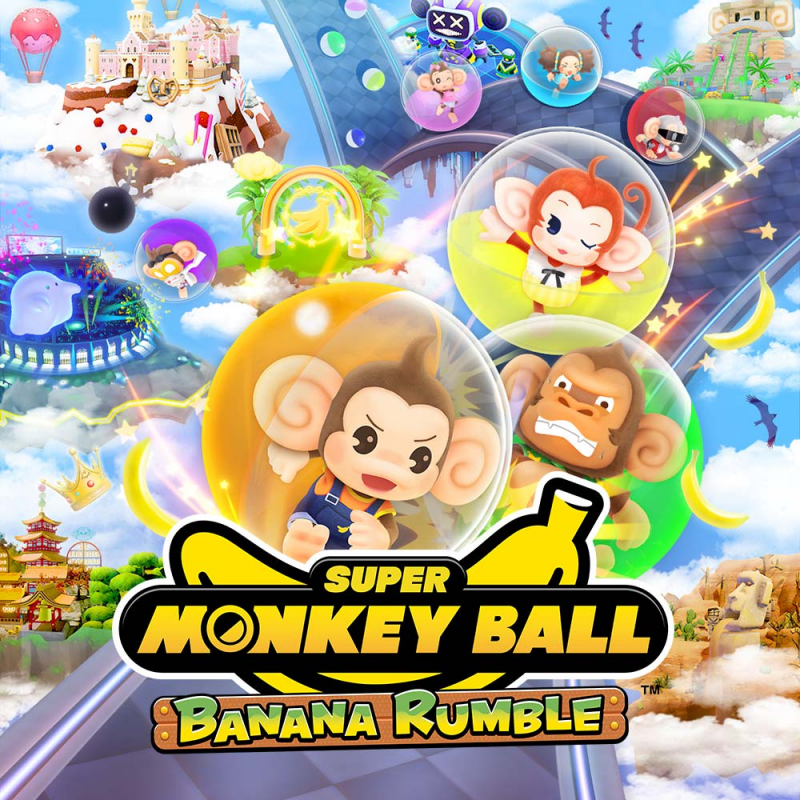

 Essay Pro
Essay Pro